Long Term Side Effects of Liposuction
Body Plastic Surgery
Liposuction is used to contour the body by removing excess fats when diet and exercise cannot remove stubborn fat deposits. People undergo this surgery for various reasons, ranging from health issues to lack of self-confidence. However, just like any other surgery, it is important to consider the potential liposuction side effects long-term before undergoing the procedure.
This article will explore the long-term liposuction side effects and their potential impact on patients. We will also provide useful tips on reducing liposuction's side effects. By understanding the potential liposuction side effects, patients can make informed decisions about whether or not the procedure is right for them.
Liposuction Meaning
Liposuction is a kind of body plastic surgery through which special chemicals and suctioning devices remove unwanted fat pockets from different body parts, such as the abdomen, thighs, buttocks, neck, chin, and arms. This surgery, also known as lipoplasty, lipectomy, and lipo, is not a weight-loss procedure but can reduce the volume of local fats to a great extent and reshape the body in the desired way.
Common Side Effects of Liposuction
Today, liposuction is practiced in different methods, each with a specific procedure and recovery period. However, this surgery has some side effects shared among all methods. In the following, some of the most common side effects of lipectomy are mentioned briefly:
- Bruising
- Swelling
- Drowsiness
- Numbness
- Pain and Discomfort
- Scarring
- Fluid discharge
- lumps & bumps
- Seroma
- Nausea
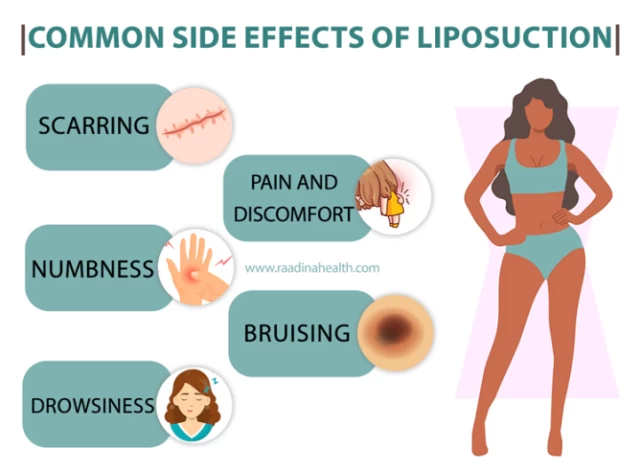
Bruising
Since a small suctioning device is inserted into the body in liposuction surgery to extract fat cells, some of the blood vessels in the treatment area may rupture and create bruising. The bruising after liposuction may either occur deep in the muscles and tissues due to the heat of ultrasound devices or beneath the skin surface because of injections. Either way, it will subside 7 to 10 days after the surgery.
Swelling
Swelling is the body's natural reaction to any surgery and trauma; therefore, you will experience mild to severe swelling after the liposuction, no matter what methods of lipo you choose. The swelling increases continuously in the first week following the procedure, but as the body heals, it will subside. In less invasive methods, such as tumescent lipo and ultrasound-assisted liposuction (UAP), the swelling will be reduced three to four weeks after the surgery. Still, the swelling may persist in more invasive methods for three to six months.
If you want more information about reducing swelling after lipo surgery, don't miss the Raadina Health liposuction aftercare article.
Drowsiness
If you undergo invasive lipoplasty involving general anesthesia, you will be drowsy for two days after the operation. It is important to drink as much fluid as you can and get enough rest until the anesthetics leave your body.
Numbness
In all liposuction methods, the surgeon injects anesthetics such as ephedrine and lidocaine to numb the treated area before making incisions. So, numbness after liposuction is this procedure's first and inevitable side effect, which may last long. Also, numbness can occur due to the excessive swelling in the operated area. Fortunately, this kind of numbness will fade away when the swelling subsides. In some rare cases, the patient may experience reduced sensitivity in the treated area forever.
Pain and Discomfort
Almost all patients experience pain and discomfort after lipoplasty. Still, the degree of it depends on the number of treated areas, the amount of fat extracted, and the material and methods used during the surgery. The discomfort peaks on the second and third day after the surgery and gradually subsides. You can control the pain by taking the prescribed painkillers or OTC medications approved by your doctor.
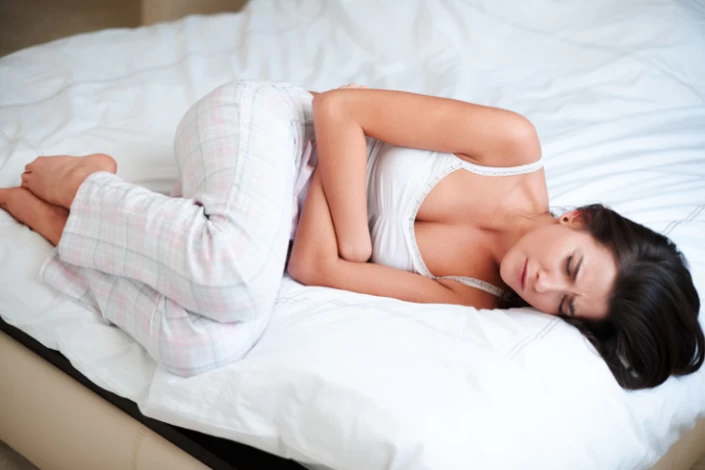
Scarring
All liposuction methods involve cuts in the target area, so scarring is an unavoidable complication of this surgery. An experienced and adept lipo surgeon makes incisions on less visible body parts and prescribes topical creams after the procedure to minimize them.
Fluid discharge
For 48 hours after the lipoplasty, light liquid may come out of your incisions, which is completely normal. It is the fluid under your skin and tissues that is discharging through the cuts and stitches.
Liposuction lumps & bumps
During the liposuction surgery, the surgeon inserts a thin cannula tube to suck out the melted fat deposits. When the cannula is pulled out of the body, it may form tunnel-shaped traces under the skin that are filled with fluid. These traces look like lumps and bumps on the skin and may affect the body's contour. Fortunately, these irregularities will go away several months after the operation.
Seroma
As the fat tissues are manipulated during liposuction, a clear fluid containing plasma may accumulate beneath the skin. The body will absorb Seromas a few weeks after the procedure, but the surgeon removes the seroma with a syringe or drain in some severe cases.
Nausea
Nausea can be triggered by various factors, such as anesthesia use, body positioning changes during surgery, or the body's natural response to trauma and inflammation. While not everyone will experience nausea after liposuction, those who do may feel queasy or upset for a few days following the procedure.
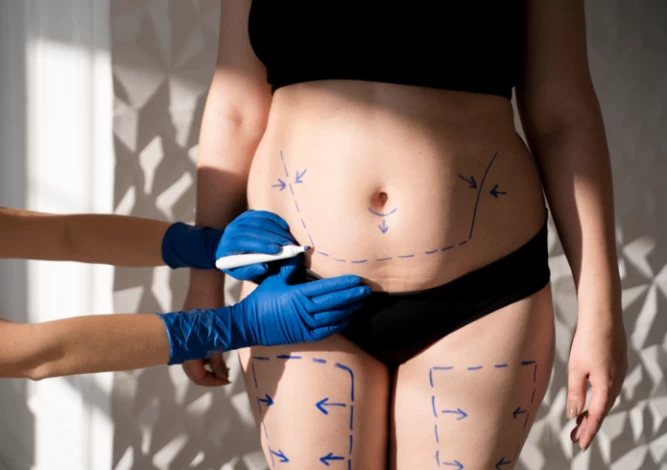
Liposuction Long-Term Side Effects
Some liposuction side effects are considered long-term, as they may last more than six months and are hard to treat. Some of these complications include chronic infection, damage to the internal organs and tissues, formation of blood clots in the lungs, which may cause brain damage due to the reduction in oxygen level, changes in the skin color, persistent numbness, which may last for more than a year, uneven skin, and damage to nerves and blood vessels.
Treating long-term side effects of liposuction requires patience and a doctor's experience; therefore, you should discuss all aspects of this surgery with your doctor before the surgery and provide them with a detailed medical history. In your file, mention the medications you are taking now, previous surgeries, allergies, and your family history of chronic diseases.
Less Common Side Effects of Liposuction
In some rare occasions, liposuction may cause the following side effects:
- Persistent numbness
- Formation of blood clots
- Fat embolism
- Saggy skin
- Skin depression
- Skin necrosis
Persistent numbness
In the less-invasive liposuction, the operated area may be numb for several weeks or months due to the injection of anesthetics, but the permanent risk is very low. However, persistent numbness in the treated area is possible in invasive lipo methods due to the loss of small nerves.
Formation of blood clots
Developing minor blood clots and DVT (deep venous thrombosis) after a lipectomy is rare but possible. The formation of blood clots is a life-threatening condition and must be treated immediately.
Fat embolism
When the fat walls have been melted, they are transformed into fat cells that can travel all over the body through vessels. These cells can easily interfere with blood circulation or reach the lungs and cause difficulty in breathing, brain damage, loss of cognitive ability, or even death.
Saggy skin
After liposuction, the skin gets loose to some normal extent. But in some cases, where a large volume of fat is removed from one specific area at once, the skin will get saggy and may not shrink back. Age, skin type, and surgery method can affect the skin after liposuction. Fortunately, there are treatments (such as surgery) and prevention methods (massages before the operation) to avoid this complication.
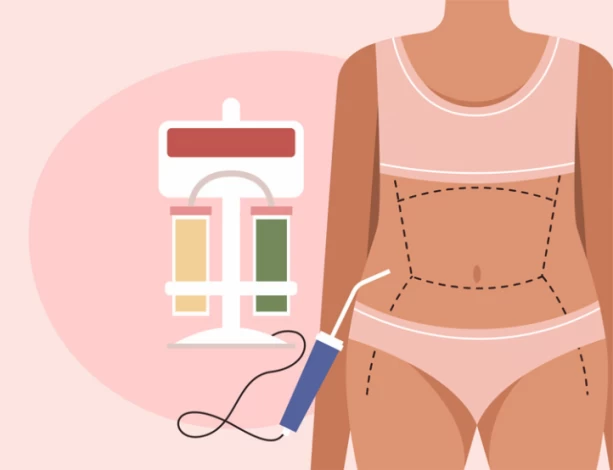
Skin depression
In liposuction, if a large volume of fat is extracted from one part of the body, it will cause skin dents that look unnatural and unappealing. Such a kind of skin imperfection will resolve on its own, but in some cases, the dents get permanent, and the patient needs to undergo a minor liposuction called a touch-up.
Skin necrosis
In invasive liposuction techniques where lots of fat cells are removed from one area, the tissue of the operated part may die off and cause skin necrosis. Necrosis happens mostly to chronic smokers and may cause infection, blood clots, inflammation, and damage to blood vessels.
Vaser Liposuction Side Effects
Vaser liposuction is a popular cosmetic procedure that aims to remove excess fat deposits from specific body areas. While it is generally considered safe and effective, like any surgical procedure, it does carry some potential side effects. Common side effects of Vaser liposuction include bruising, swelling, and discomfort in the treated area. These side effects are typically temporary and subside within a few weeks. More serious complications such as infection, blood clots, or skin irregularities may occur in rare cases.

Liquid Lipo Side Effects
Liquid liposuction is a minimally invasive cosmetic procedure that involves removing fat from specific areas of the body using a thin tube called a cannula. While it can provide effective results, there are potential side effects and risks associated with the procedure. Liquid lipo side effects may include pain and discomfort, swelling and bruising, numbness, infection, irregular contours or asymmetry, scarring, and anesthesia risks.
Arm Liposuction Side Effects
Arm liposuction is a common cosmetic operation to remove extra fat from the upper arms and give them a more toned and sculpted appearance. Common side effects of arm liposuction include bruising, swelling, and discomfort in the treated area. These side effects are temporary and typically subside within a few weeks. In some cases, patients may also experience numbness or changes in skin sensation, which usually resolve over time. As with any surgical procedure, risks are involved, such as infection or scarring; however, these complications are rare when performed by a skilled and experienced surgeon.
How to Reduce Liposuction Side Effects?
Many of the mentioned lipo side effects will disappear a few weeks after the operation. This includes pain, discomfort, swelling, bruising, drowsiness, and numbness. Also, you can reduce these complications by wearing a compression garment, having a balanced diet, taking the prescribed medications as ordered, following the postoperative instructions step by step, avoiding tobacco and alcohol, taking a light walk every day, and, most importantly, choosing a skilled surgeon.

It is also noteworthy that many of the severe side effects of liposuction can be avoided by having realistic expectations from the surgery (not expecting a great shift in one sitting) and following the doctor's orders.
What Is the Safest Liposuction Procedure?
The safest liposuction procedure is generally considered to be tumescent liposuction. This technique involves injecting a solution of saline, local anesthesia, and adrenaline into the targeted area before the fat-removal process. The solution helps numb the area, constrict blood vessels to minimize bleeding, and break down fat cells for easier extraction.
Tumescent liposuction is performed using small cannulas (thin tubes) inserted through tiny incisions in the skin. Using local anesthesia instead of general anesthesia reduces the risks associated with sedation or unconsciousness. Additionally, this method allows for more precise control over fat removal, resulting in smoother and more natural-looking results.
Overall, tumescent liposuction has a lower risk of complications compared to other techniques and is considered the gold standard for safe and effective body contouring procedures.
Conclusion
Liposuction is a plastic surgery in which unwanted fat pockets are removed from different body parts. Like any other procedure, this surgery has short-term and long-term side effects, most of which are not serious and will go away up to six weeks after the surgery.
Iran is your destination if you want to eliminate your local stubborn fat deposits and experience as few lipo side effects as possible.
Contact Raadina Co. for more information about the price of liposuction in Iran, the best hospitals for lipo surgery in Iran, and the best plastic surgeons in the country.
Lipo Side Effects FAQs
How long do these side effects typically last?
Swelling and bruising usually subside within a few weeks, while soreness and numbness may take a few months to resolve fully.
Is there a risk of infection after liposuction?
While rare, there is a small risk of infection after liposuction. Following post-operative care instructions and taking prescribed antibiotics can help minimize this risk.
Can liposuction cause scarring?
Liposuction incisions are typically small and strategically placed to minimize visible scarring. However, some patients may develop minor scars that fade over time.
Are there any risks associated with anesthesia during liposuction?
Anesthesia-related risks are generally low but can include allergic reactions, adverse drug reactions, or complications due to underlying health conditions. An experienced anesthesiologist minimizes these risks.
Can liposuction lead to uneven or lumpy results?
In some cases, liposuction may result in uneven or lumpy contours. This is more likely when inexperienced surgeons perform the procedure. Choosing a skilled and board-certified plastic surgeon reduces this risk.
Is it possible to regain fat in treated areas after liposuction?
Liposuction permanently removes fat cells from treated areas; however, weight gain can cause the remaining fat cells to expand. Maintaining a healthy lifestyle through diet and exercise is crucial for long-term results.
What are the side effects of liposuction surgery?
Common side effects include swelling, bruising, numbness, and temporary discomfort. Most resolve within a few weeks, but minor irregularities in skin contour can last longer.
What are the potential risks of liposuction?
Risks include infection, bleeding, fluid accumulation, scarring, asymmetry, skin looseness, and very rarely, complications like fat embolism or anesthesia-related issues.




 WhatsApp
WhatsApp
 Telegram
Telegram
 Facebook
Facebook
 Email
Email









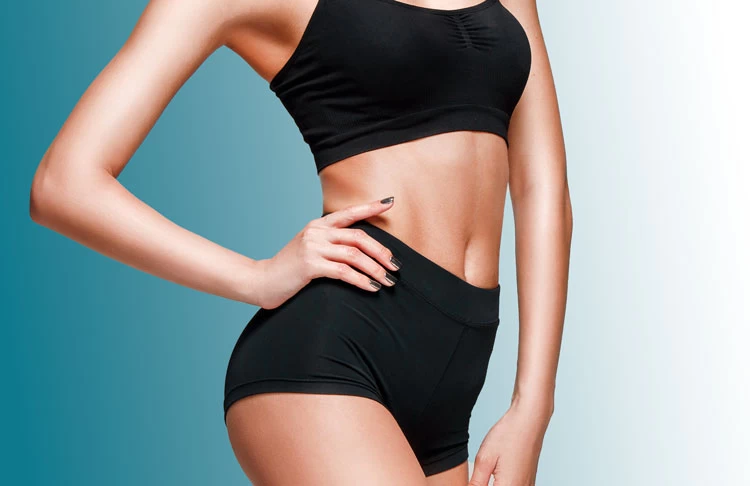


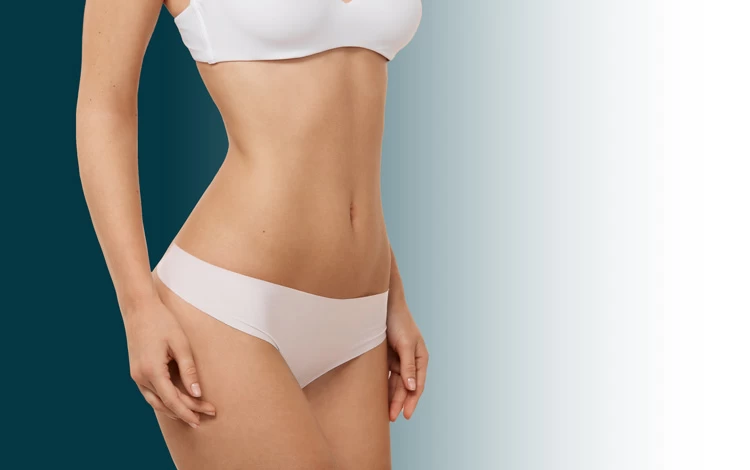
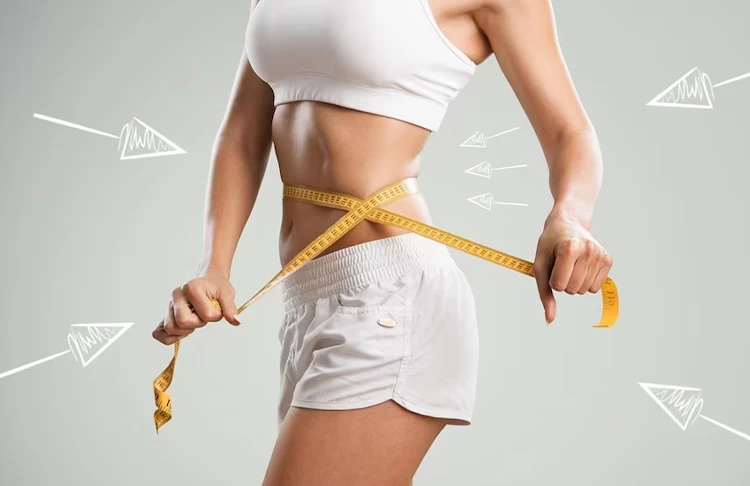

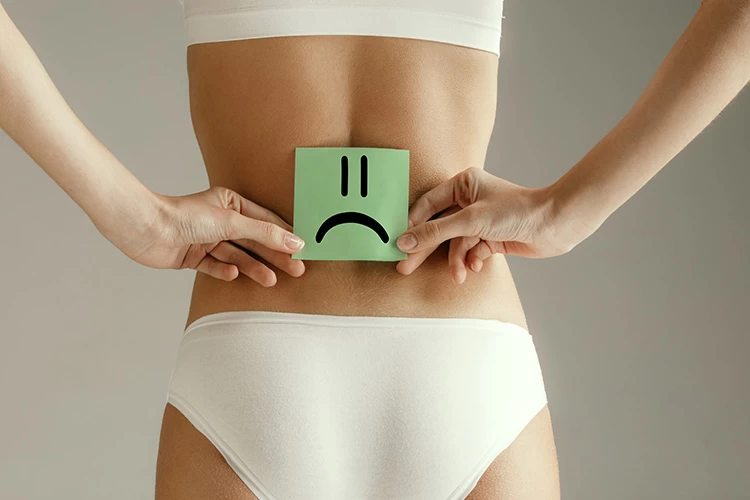
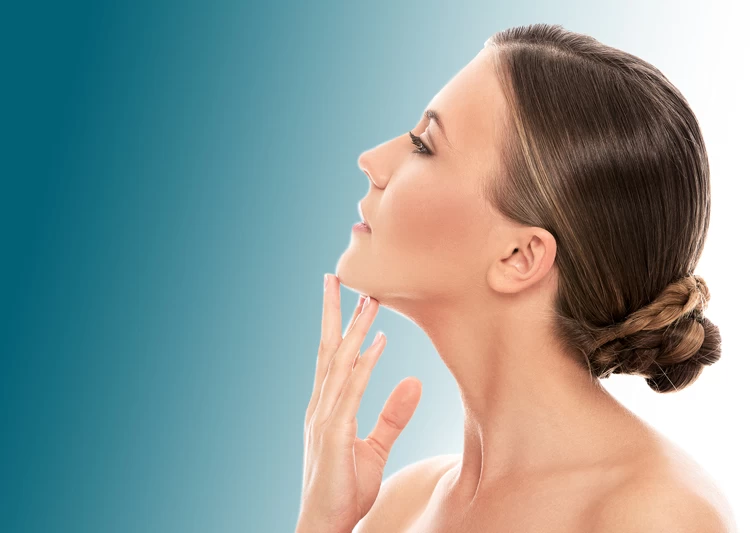
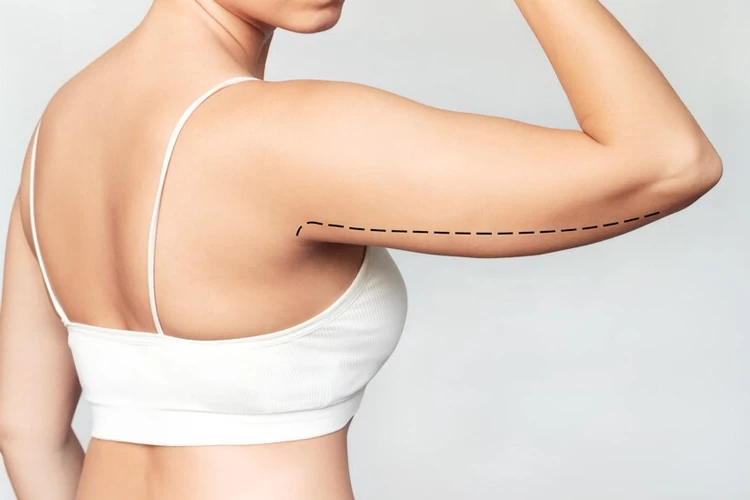
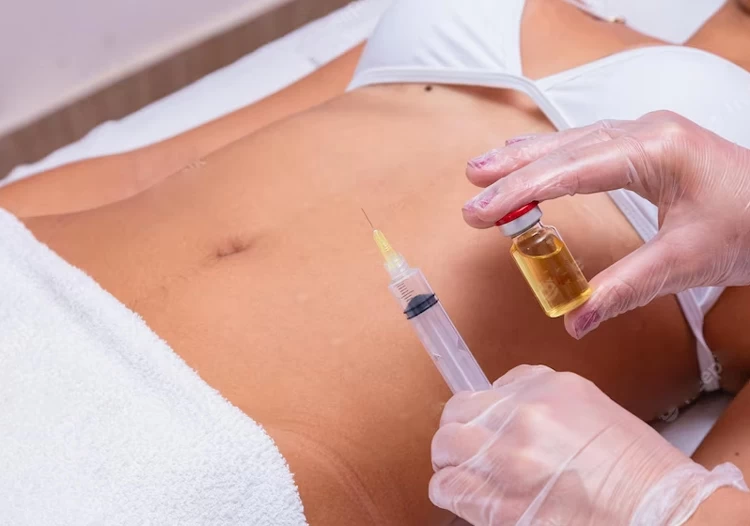


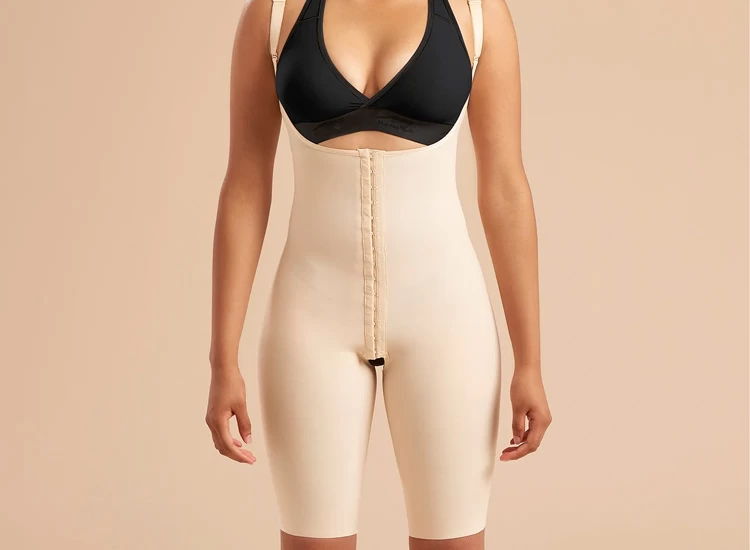

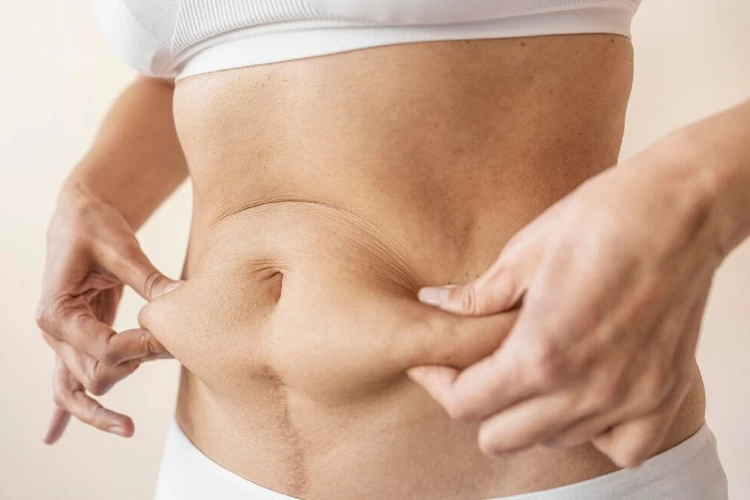



No reviews
Your comment